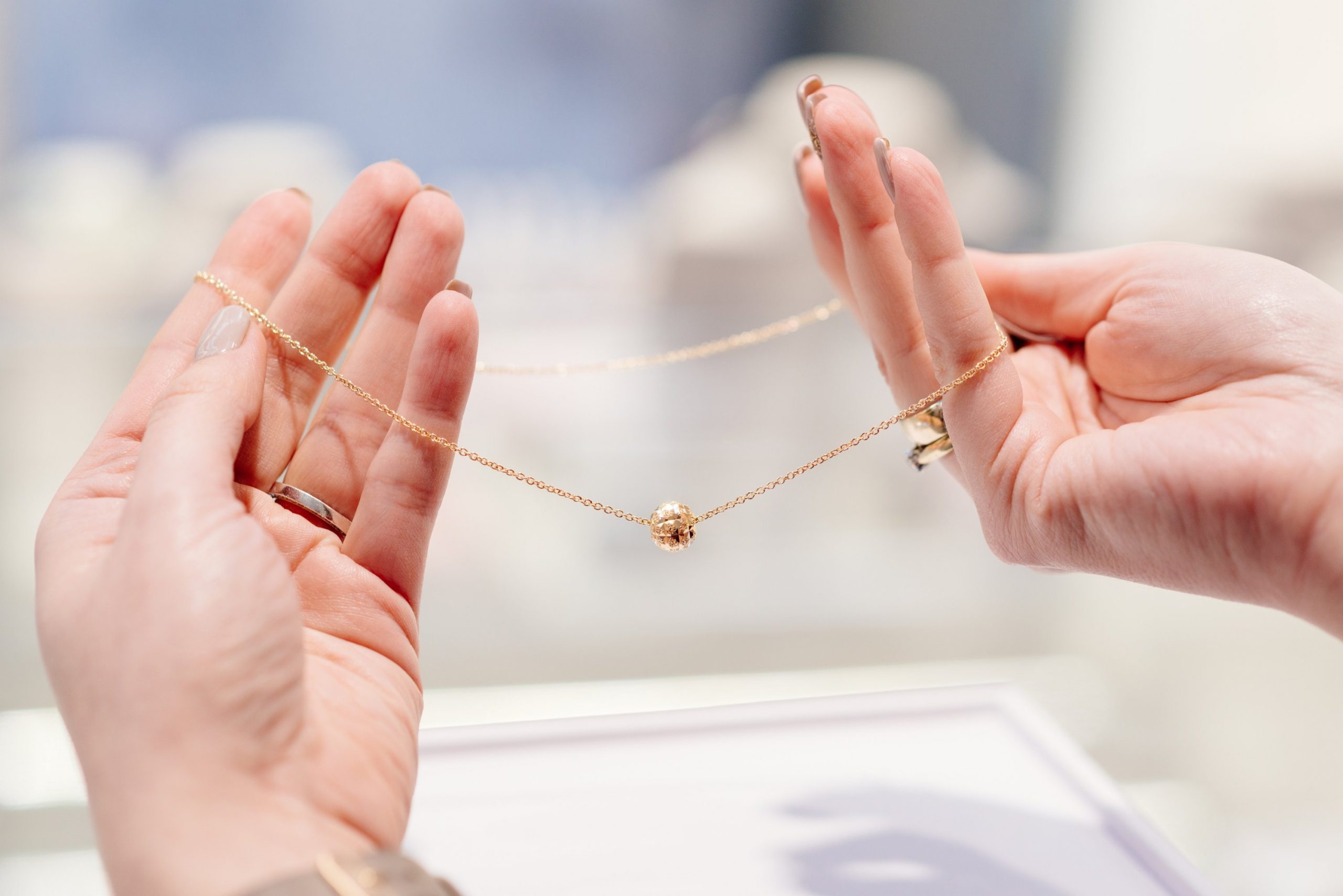Jewelry is more than just an accessory; it holds sentimental value, marks special occasions, and often represents significant financial investment. To ensure your precious pieces remain as stunning as the day you acquired them, it’s essential to understand how to protect them from common hazards such as water, chemicals, and physical damage. This guide will provide practical tips to help you preserve the beauty and longevity of your jewelry.
Understanding the Risks of Water
Water, though seemingly harmless, can be a significant threat to many types of jewelry. Prolonged exposure to water can cause damage, especially to materials like silver, which can tarnish when exposed to moisture. Even gold, which is less reactive, can suffer from water exposure if it contains other metal alloys that are susceptible to corrosion.
One of the most common mistakes is wearing jewelry while swimming. Chlorinated pool water and saltwater from the ocean are particularly harmful. Chlorine can cause discoloration and weaken the structure of metals, while salt can erode the surface, leading to dullness and even structural damage over time.
To protect your jewelry, always remove pieces before swimming or engaging in water activities. If your jewelry does get wet, dry it thoroughly with a soft cloth. Avoid using hairdryers or other heat sources, as extreme temperatures can also cause damage.
The Hidden Dangers of Chemicals
Chemicals are another significant threat to jewelry. Everyday substances like perfumes, lotions, and household cleaners can cause irreversible damage. For instance, the chemicals in perfumes and lotions can react with metals, causing discoloration or weakening the metal’s structure. Cleaning agents, especially those containing bleach or ammonia, can be extremely corrosive, leading to pitting and cracking.
To minimize exposure to harmful chemicals, always apply perfumes, lotions, and other personal care products before putting on your jewelry. When cleaning your home, remove your jewelry or wear protective gloves to prevent contact with harsh chemicals. If your jewelry does come into contact with any chemicals, clean it promptly with a mild soap and water solution, then dry it thoroughly.
Guarding Against Physical Damage
Physical damage is another common hazard for jewelry. Everyday activities can subject your pieces to scratches, dents, and other forms of wear and tear. Rings, in particular, are vulnerable because they are worn on the hands and often come into contact with hard surfaces.
To prevent physical damage, it’s essential to be mindful of when and where you wear your jewelry. Avoid wearing delicate pieces during activities that could cause impact or abrasion, such as sports, gardening, or heavy lifting. When you’re not wearing your jewelry, store it properly in a soft-lined jewelry box or a fabric pouch to prevent scratches and tangling.
It’s also a good practice to have your jewelry inspected regularly by a professional jeweler. They can check for loose stones, worn prongs, and other potential issues that could lead to more significant damage if left unaddressed.
Special Care for Specific Materials
Different types of jewelry materials require specific care. For example, pearls are particularly vulnerable to damage from chemicals and physical impact. Always store pearls separately in a soft cloth to avoid scratches and keep them away from perfumes and lotions.
Similarly, gemstones can vary in hardness and durability. While diamonds are incredibly hard, other stones like opals and emeralds are much softer and can be easily scratched or chipped. Understanding the specific care requirements for each type of gemstone in your collection can help you avoid damage.
Regular Cleaning and Maintenance
Regular cleaning is essential to maintain the brilliance and sparkle of your jewelry. However, it’s important to use the correct cleaning methods to avoid causing damage. A simple solution of warm water and mild soap is usually sufficient for most jewelry. Use a soft brush, like a toothbrush, to gently clean intricate details and hard-to-reach areas. Avoid using abrasive materials or harsh chemicals, as they can cause scratches and other damage.
For pieces with intricate designs or delicate materials, consider having them professionally cleaned. Professional jewelers have the tools and expertise to clean your jewelry safely and effectively.
Protecting your jewelry from common hazards like water, chemicals, and physical damage is essential to preserving its beauty and longevity. By understanding the risks and taking proactive steps to minimize exposure to these hazards, you can ensure that your precious pieces remain in excellent condition for years to come. Remember to remove your jewelry during water activities, avoid contact with harmful chemicals, and be mindful of physical impacts. Regular cleaning and professional inspections will also help keep your jewelry looking its best. With proper care, your jewelry can continue to be a cherished part of your life, adding sparkle and elegance to your every day.
